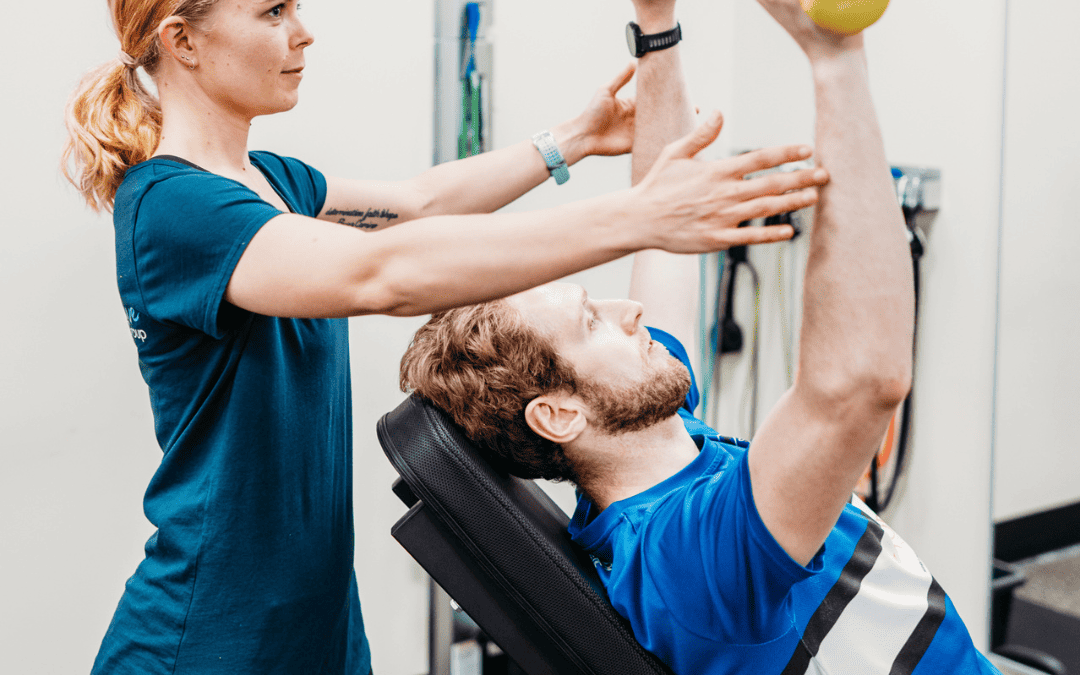Diabetes is a common chronic metabolic condition that affects over 1.2 million Australians. That’s a huge percentage of the population and it’s growing each year. If you have diabetes, you probably have elevated blood sugar levels, which over-time can lead to serious damage of the cardiovascular system, eyes, kidneys and nerves.
Current research shows that exercise is an effective management and treatment tool – as well as improving your overall health. Exercise improves both your cardiorespiratory fitness and muscle strength, which encourages insulin to work more effectively in the body.
All Type 1 and Type 2 Diabetes, Gestational Diabetes and Pre-diabetes clients can be improved by incorporating a regular exercise regime as part of an active lifestyle.
What’s the best type of exercise for diabetes?
There are many types of exercises that you can do to help with Diabetes. The most beneficial type, however, is the one you enjoy and will stick with in the long-term!
Ideally your exercise regime would incorporate both aerobic, strength and functional training (such as balance and flexibility) and this is where an exercise professional can help guide you in the right direction.
Huff’ing and puff’ing exercises!
Aerobic exercises such as running, walking, swimming, cycling, rowing and dancing are all designed to get you “huffing and puffing’ to improve your cardiorespiratory function. These movements work on improving your heart and lung function as well as using up blood sugars as energy and helping manage weight.
It is recommended to do aerobic exercise most days of the week, aiming for at least 30 minutes in each session. However, if you are just starting out, walking for 10 minutes at a time is great, slowly working your way up to over 30 minutes each day.
Resistance training
Resistance Training exercises are designed to increase muscle size and strength, helping you stay strong to perform everyday activities and keep bones healthy. Exercise could involve bodyweight, bands, free-weights or gym weights, it’s up to you what you enjoy doing!
Exercises should focus on increasing muscle strength, slowly progressing your difficulty and/or load over-time. Muscle needs a lot of energy to work, therefore resistance training is a very effective way for your body to use excess blood sugar…. and the bigger they are, the more sugar they need, so if your program aims to build size and strength, it will be a really effective way to help manage those pesky blood sugar spikes.
It is recommended to perform resistance training exercises 2-3 times a week, focusing on large muscle groups. Be sure to ask our exercise professionals which types of training is right for you.
Functional training
Functional exercises can incorporate stretching, balance and mobility work. These exercises generally need less energy, therefore using less blood sugars, however, they are still very important to incorporate due to their ability to help manage other side effects of diabetes, such as peripheral neuropathy and the risk of falls.
What do I need to check before starting exercise to help with diabetes?
The most important thing to know before exercising are your blood sugar levels.
If you’re unsure, or your blood sugar levels are un-managed, you’ll need to test before you start to exercise.
The following is a good guide for when you can train safely:
- Blood Sugar Reading below < 5mmol/L – This is considered too low for exercising, and you will need to eat some carbohydrates and wait before starting exercise
- Blood Sugar Reading is between 5 – 13.9 mmol/L – This is considered “normal” and safe to exercise.
- Blood Sugar Reading is higher > 14 mmol/L – Consider delaying exercise until blood sugar levels drop, to avoid any adverse side-effects with exercise.
You should also be aware of your signs and symptoms for a hypo or hyper-glycemic event during exercising, making sure your blood sugar levels do not get too high, or most commonly too low. Signs of cold skin, dizziness and fatigue, excessive sweating and irritability indicate possible hypoglycemia. If this occurs, it’s best to rest and eat some carbs (lollies are a quick and easy carb). It’s best not to exercise again until your blood sugars normalise.
If you’re new to exercise, and/or have received a recent diagnosis, we highly recommend speaking to a professional about the best place to start. Molly, our Exercise Physiologist can help prescribe the right exercises and the appropriate intensity, as well as provide education on blood sugar levels around exercise.
Book with PPG’s Exercise Physiologist
We’re so lucky to have a fabulous Exercise Physiologist, Molly, right here in Warragul who can create custom training programs for you.
If you’d like to learn more about how exercise can help you manage your diabetes, book online or get in touch with the lovely Di by calling 0497 111 127.

